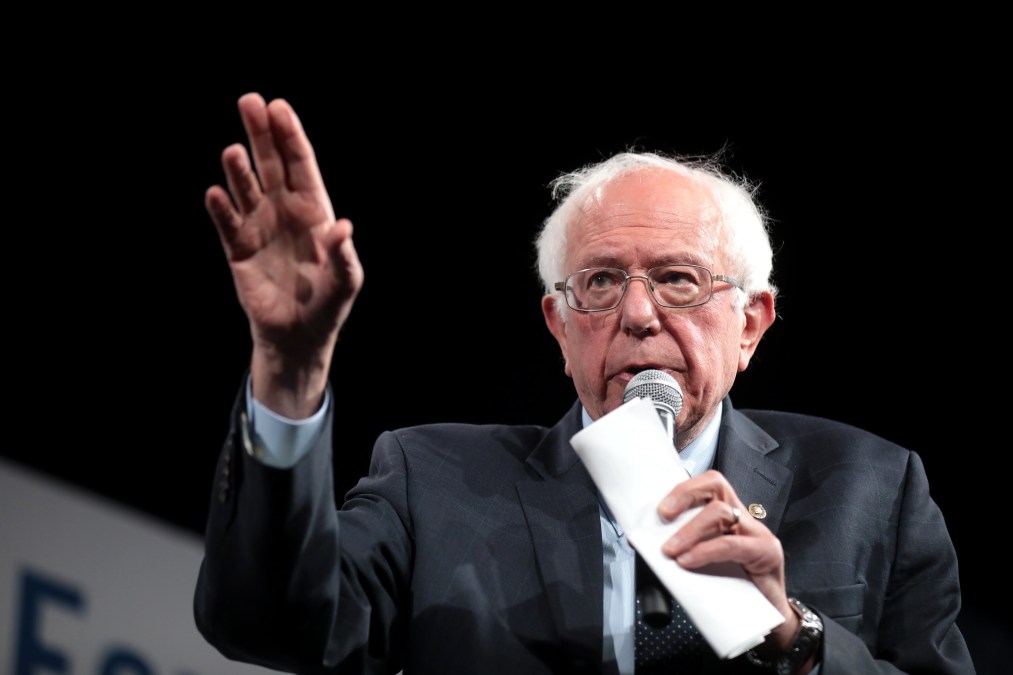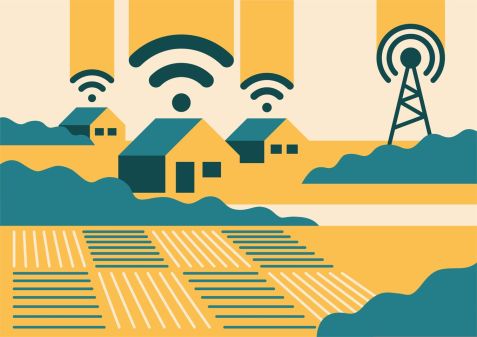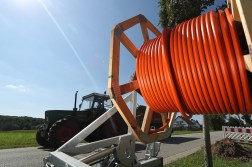Sanders introduces $150 billion ‘Internet for All’ plan

Democratic presidential candidate Bernie Sanders on Friday published a plan to invest $150 billion to create universal high-speed internet access, improve the resiliency of network infrastructure nationwide and require all providers to offer basic internet plans at four times the speed of the Federal Communication Commission’s current minimum broadband standard.
The $150 billion plan, called “High-Speed Internet for All” in the vein of Sanders’s “Medicare for All” and “College for All” plans, will be tied into the Vermont senator’s $16.3 trillion Green New Deal proposal that he released in August. According to a September report from Broadbandnow, a website that ranks internet service providers, Sanders is one of just four Democratic candidates — along with Elizabeth Warren, Amy Klobuchar and Pete Buttigieg — to have articulated solutions to close the country’s digital divide, the gap in economic and educational prospects between people who have internet access and those who don’t.
Sanders’ plan bears similarities to the plan that Warren proposed in August when she called for $85 billion in federal broadband grants, as both candidates advocated for restored net neutrality rules and to make it easier for communities to build their own broadband networks.
Sanders’ plan would primarily fund infrastructure and technical assistance grants, with an emphasis on supporting municipally owned broadband networks and cooperatives. There are only about 500 U.S. localities that operate municipally owned networks, but they represent some of the fastest and most affordable internet in the country, according to one recent study. The plan would instate federal law preempting laws in at least 19 states that prevent or discourage communities from setting up their own internet utilities. Like Warren’s plan, much of Sanders’ proposal is designed to treat internet access as a public good, inspired by the way President Franklin Delano Roosevelt pushed for rural access to electricity in the 1930s.
“It is outrageous that across the country millions of Americans and so many of our communities do not have access to affordable high-speed internet,” Sanders said in a press release. “Access to the internet is a necessity in today’s economy, and it should be available for all. We are going to take on the greedy internet, telecom, and cable monopolies and put an end to their absurd prices gauging. Just as President Roosevelt fundamentally made America more equal by bringing electricity to every farm and rural community over 80 years ago, as president, I will do the same with high-speed internet.”
In tandem with promoting municipal internet, Sanders proposes to break up large internet service providers like Comcast, AT&T and Verizon by using existing antitrust laws. He also called for a national broadband census to gather accurate data on which parts of the country are underserved, data that remains elusive.
According to the FCC’s 2019 broadband statistics, 21.3 million Americans lack access to an internet connection with speeds of at least 25 megabits per second downstream and 3 megabits per second upstream, but some broadband analysts and private studies argue the number of unserved people is higher. Sanders’ proposal would raise the FCC’s minimum broadband speed to 100/10 mbps and reform federal broadband subsidies for schools and hospitals like E-rate and the Rural Health Program. Public schools and community centers would also receive $500 million a year to promote digital literacy.
For residential rural areas, Sanders also proposed expansion of the Lifeline program subsidy and free internet access for all public housing developments. It would also put aside $7.5 billion to expand connectivity in historically underserved tribal nations, which lack broadband access in 32.1 percent of their homes.






